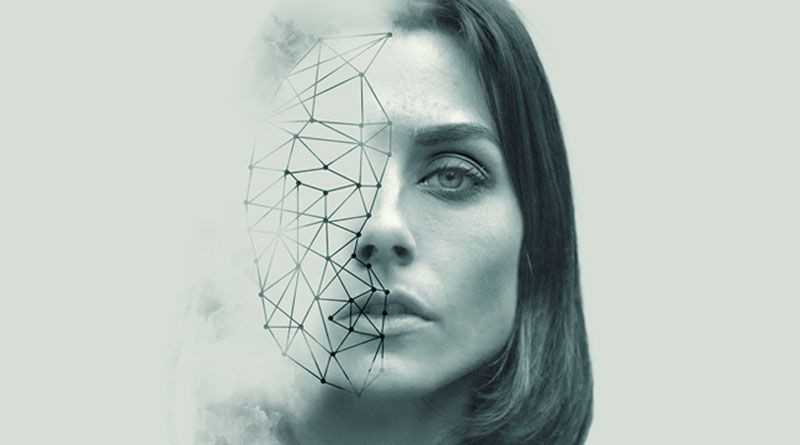
Introduction:
In the ever-evolving landscape of technology, the emergence of deepfake or face swap applications has raised both eyebrows and concerns. Deepfake technology allows users to superimpose one person’s face onto another’s, creating hyper-realistic videos that can be indistinguishable from authentic footage. While these applications may seem like innocent tools for entertainment, their implications are far-reaching and have sparked debates on ethical, legal, and societal fronts.
Understanding Deepfake Technology:
Deepfake technology relies on artificial intelligence (AI), specifically deep learning algorithms, to manipulate and generate synthetic media. The process involves training a model on vast datasets of facial expressions, movements, and speech patterns to create a realistic replica of a person’s face. Once the model is trained, it can seamlessly replace one person’s face with another’s in videos or images.
Entertainment and Creativity:
One of the primary uses of deepfake technology is in the realm of entertainment. Face swap applications have become popular tools for creating amusing videos where users can insert their faces into famous movie scenes or music videos. This has opened up new avenues for creativity, allowing users to engage with content in innovative ways. However, the line between harmless fun and potential misuse becomes increasingly blurry.
Ethical Concerns:
The ethical implications of deepfake technology cannot be understated. With the ability to manipulate visual and audio content convincingly, these applications raise serious concerns about misinformation, privacy, and consent. Individuals can find themselves unwittingly featured in content they never participated in, leading to reputational damage or other unforeseen consequences.
Misuse and Deceptive Practices:
Deepfake applications have the potential to be misused for malicious purposes. The technology can be employed to create realistic fake videos for political propaganda, financial scams, or even revenge porn. The ease with which these applications can be accessed and used by individuals with ill intentions underscores the need for regulatory measures to curb potential harm.
Legal Ramifications:
The legal landscape surrounding deepfake technology is still evolving, with many jurisdictions grappling with how to address the challenges it presents. Laws regarding defamation, privacy, and intellectual property may need to be updated to account for the unique issues raised by deepfake applications. Establishing legal frameworks that deter misuse while protecting legitimate uses remains a complex task.
Combating Deepfake Threats:
Efforts to combat the negative impacts of deepfake technology are underway. Researchers are developing advanced detection methods to identify synthetic content, and technology companies are investing in AI-driven solutions to prevent the spread of malicious deepfakes. Public awareness campaigns are also crucial in educating individuals about the potential risks and consequences associated with the misuse of face swap applications.
Conclusion:
While deepfake technology offers exciting possibilities for creative expression, its potential for misuse raises important ethical and legal questions. Striking a balance between innovation and responsible use is crucial to harness the positive aspects of these applications while mitigating the risks they pose. As technology continues to advance, societies worldwide must work together to develop comprehensive regulations and safeguards to protect individuals from the harmful consequences of deepfake technology.






